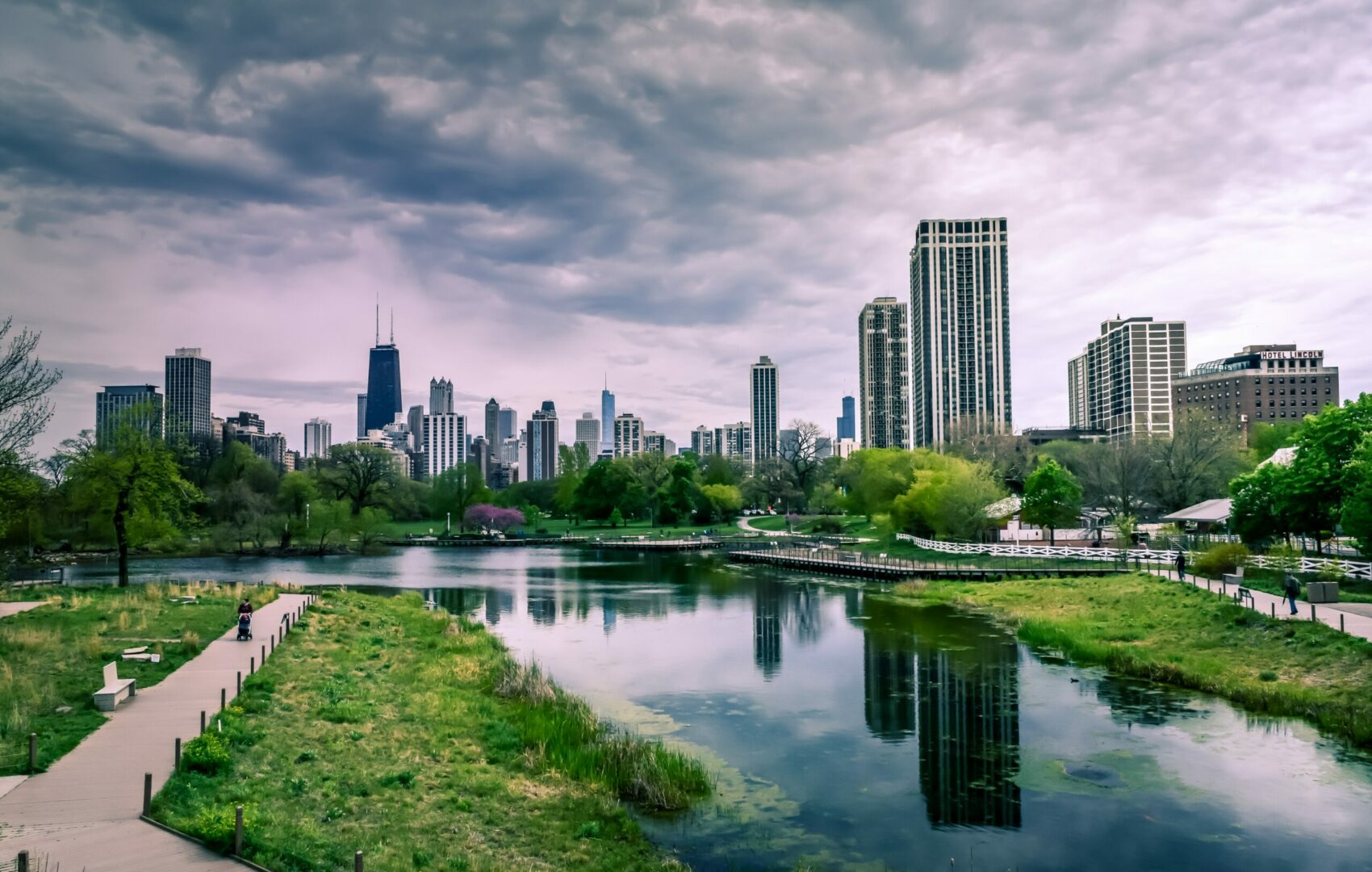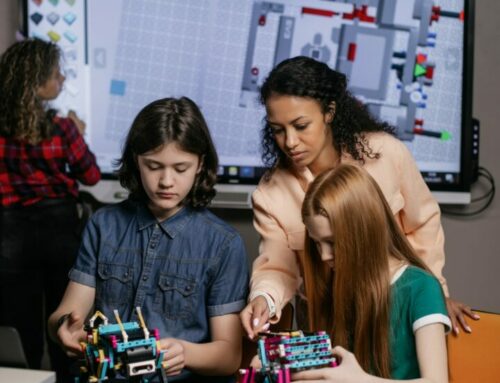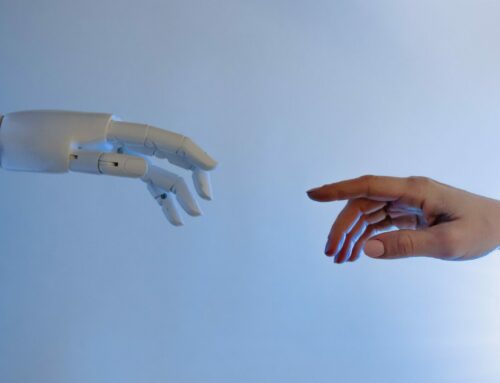Urban Renewal is Key to Sustainable Development
Patrick Blessinger and Abhilasha Singh
Currently, over half of humanity lives in cities. This percentage is expected to increase as more people around the world continue to move from non-urban locations to urban areas in search of economic opportunity and better social conditions. These two factors are key motivators in their search for better work conditions and a higher quality of life for themselves and their families. In response, cities are challenged with providing basic services for this influx of new residents such as housing/shelter, security services, healthcare services, and basic infrastructure needs like sanitation, utilities, and transportation. Without these basic services, cities run the risk of increased crime and homelessness.
A century ago, when the majority of people lived on farms, they arguably were more self-sufficient because they could grow their own food and live off the land. Although they did not have all the modern conveniences we have today, they were, nonetheless, more equipped and more adapted to live more in harmony with Nature. As such, money was relatively less important and many still bartered as a way of trading. Also, for better or worse, in today’s modern economic system, people are dependent on a job (whether they run their own business or they work for someone) to provide them with the basic income needed to purchase food, clothing, and shelter, among others. Modern money-based societies have created a situation where people now require a job as a means to survive. Therefore, low unemployment and low inflation have become the two key factors to maintain a stable economy and healthy society.
The Industrial Revolution (circa 1800) created a paradigm shift that has led to the modern economic system in existence today. While some countries are still mainly agriculture-based, the global trend has been towards manufacturing and service-based economies. Transitioning from farming to manufacturing to service-based economies is a basic economic cycle that all market-based economies experience as a natural consequence of market forces and technological development. Concomitantly, the socio-cultural transition from an information society to a knowledge society to a learning society is also a natural consequence of social forces and technological development. Since intertwined systems do not operate in isolation and since economic and social forces can have negative consequences, city planning and effective leadership are also needed to ensure equitable economic and social justice for all.
However, the main underlying mechanism that drives the economic and social forms of development is human development, without which the other forms of development would not be possible. Furthermore, since education and lifelong learning are the key drivers for human development, perhaps the most critical service that societies provide to their citizens is education. High-quality education for all, and at all levels, is not only a fundamental human right but it is also necessary to ensure an educated citizenry and highly skilled workforce in a continually changing and increasingly complex world. In the final analysis, high-quality education and lifelong learning opportunities are the key factors in driving development in all its forms.
Overview of Urban Renewal
Urban renewal is not a new concept. This idea may also go by the name of urban development or urban regeneration, among others. Urban renewal programs are intended to address the issue of urban decay, which occurs when land or buildings fall into disrepair, which in turn, may be the result of deindustrialization and economic restructuring, among other reasons. These phenomena occur when a city transitions from, for instance, a manufacturing base to a service base. For example, when steel companies and auto companies in the USA closed some of their facilities during the 1980s, they left behind land and buildings that need to be demolished, reclaimed, or repurposed.
Many so-called blue-collar jobs (trades) have been replaced by pink-collar jobs (service), white-collar jobs (managerial, clerical), and gold-collar jobs (professional). In the modern era, new job types have emerged such as green-collar jobs (environmental), among others. The ratio of these different types of jobs varies by country and continually shifts as development occurs. This process has been occurring since the industrial revolution but has been accelerating. What is foremost important is not so much that the process occurs, but rather how city leaders respond to this phenomenon when it does occur.
High-quality education (at all levels and in all forms) and lifelong learning provide the best hope for long-term urban renewal and for creating a long-term sustainable future. This idea is consistent with the United Nations’ 2030 Agenda for Sustainable Development and specifically with SDG 4 which focuses on high-quality education in all its forms. To that end, inclusion (full access by all) and equity (full participation by all) are the cornerstones of a high-quality educational system. Thus, equitable economic and social justice is important to achieving urban renewal. High-quality education is the key to achieving this goal because without a highly educated citizenry and highly skilled workforce, it is doubtful that other goals can be achieved.
As a result of this basic reality, the idea of the learning society is now beginning to take traction. Survival is primarily a matter of adaptation to one’s environmental conditions. Thus, as with any organism or organization, nations must adopt policies and practices that allow them to best adapt to the ever-changing environmental conditions (economically and otherwise). The world is transitioning from a knowledge society to a learning society, characterized by increasing risk, uncertainty, and complexity. High-quality education, therefore, serves as a hedge against a future filled with risk. A learning society fosters a culture of learning by providing all people opportunities to learn throughout the entire course of their lives.
Examples of Urban Renewal
Urban renewal in the twenty-first century must be in line with the UN’s sustainable development goals. Since urban renewal often involves a major impact on the local environment and wildlife, careful economic, social, and environmental planning must be done to ensure sustainability. Benefits of urban renewal include land preservation, economic and social development, and crime reduction, among others.
Multi-culturalism is one of the hallmarks of a highly populated urban area. Typically, the larger a city gets, the more diverse it gets in terms of ethnicity, subcultures, and languages. For instance, with hundreds of skyscrapers, Hong Kong is one of the most urban cities on the planet. Also, with several hundred different languages spoken, New York City is one of the most culturally diverse of all cities in the world, along with London, Toronto, Sydney, Singapore, Sao Paulo, and Paris, among others.
Urban renewal brings new life to a city. Urban renewal provides a concrete response to deindustrialization and economic restructuring. To do this, however, requires forward-thinking leaders who put the interests of their citizens and community first. City planners should capitalize on their city’s strengths and opportunities. Urban renewal and sustainable development can, and should, work hand-in-hand.
For example, an abandoned section of a railway running through the heart of New York City faced demolition by city leaders. However, rather than letting this precious resource be demolished, an innovative and forward-thinking group of citizens lobbied to repurpose the railway structure and convert it into an elevated park. Once an eyesore for the city, the High Line Park has become a major tourist attraction, attracting several million people each year and, as a result, economically revitalizing the surrounding neighborhoods. Istanbul, one of the oldest, largest, and historically significant cities in the world, has implemented major urban renewal projects, attracting millions of tourists each year. Istanbul is home to several UNESCO World Heritage Sites.
Conclusion
Urban renewal represents an emerging opportunity for city leaders, social entrepreneurs, and educational leaders to rethink and reimagine life in the coming decades. Urban renewal and sustainable development provide leaders and citizens the opportunity to start planning for Society 5.0. Urban renewal has the potential to facilitate new approaches to achieve a more sustainable and innovative future. Urban renewal, if done properly, has the potential to transform areas in economic and social stagnation or decay. This requires a bold vision and a mindset that values equity, inclusion, and revitalization for all.
Urban renewal is not only the purview of government. A growing number of civil society and private parties see the need for both conservation and development to come together for the benefit of all. It starts with a new vision and mindset that values our common economic goals, our common cultural heritage, and our common environmental sustainability. In the final analysis, we live in a globally connected and interdependent world. What happens in one part of the world is likely to have an impact around the world, whether it be war, a pandemic, or an economic downturn.
This is why we must learn to come together for common interests because the common interest also serves our own self-interests. By doing this, we can do our part to help ensure a brighter future for current and future generations. By creating more renewal cities, we enhance our own quality of life and that of our children and loved ones. Finally, the role of higher education institutions in urban renewal is especially important because they are crucial actors in developing new scientific discoveries, new technological innovations, and future leaders and knowledge workers of society.
Patrick Blessinger, Adjunct Associate Professor, St. John’s University, USA; President, HETL Association, USA, and Abhilasha Singh, Professor and Vice President for Academic Affairs, American University in the Emirates, Dubai, UAE.
Suggested Citation:
Blessinger, P. and Singh, A. (2022). Urban Renewal is Key to Sustainable Development, Higher Education Tomorrow, volume 8, article 9, https://www.patrickblessinger.com/urban-renewal-is-key-to-sustainable-development
Copyright © [2022] Patrick Blessinger and Abhilasha Singh
Disclaimer
Opinions expressed in this article are those of the author, and as such do not necessarily represent the position(s) of other professionals or any institution.




